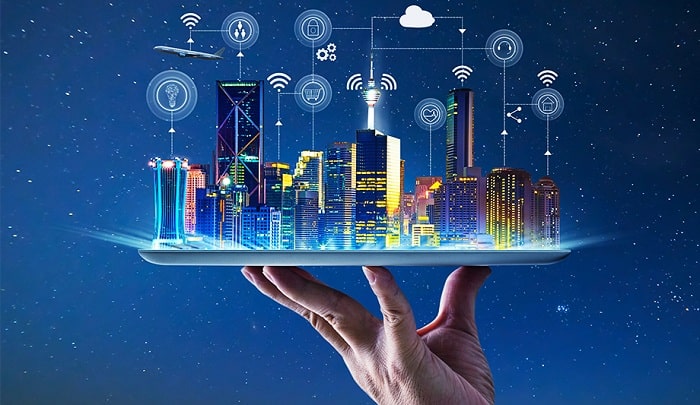Advantages of a Smart Tech Building
Smart tech buildings have several advantages. For instance, they are energy-
efficient, and they can help reduce the carbon footprint of a building. Smart building
technologies also enable you to monitor your energy consumption and spot
opportunities for building optimization ฟิล์ม ส มา ร์ ท เท ค. They collect and analyze large amounts of
data. With these data, you can make better decisions about your building and lower
costs. And all this is done without fighting over the thermostat. That’s one of the
best parts about smart buildings.

In addition to energy savings, smart buildings are adaptable and resilient, which
means that they can adapt to the changing needs of the workplace and its
employees privacy film. According to Verdantix, 93% of employees agree that smart buildings
must be more than just energy efficient. Smart buildings can increase security. The
latest report on Critical Event Management says that smart buildings can protect
your building and its occupants from natural disasters and other threats. And
because they are so convenient and efficient, smart buildings also help you reduce
your energy bill.
AI is the most important part of smart buildings. AI integrates with IoT and other
systems to learn from data. It learns to recognize problems and adapt to user
preferences. For example, it can detect power problems and study resident
preferences for lighting. AI-powered smart buildings are not just computer programs
or 3D models; they are a process that unites people, production, and construction
technology. Its main element is embedded information. The process of learning is
continuous and is connected to the system of the building.

Smart buildings can also improve energy performance and boost marketing
potential. For example, Microsoft’s Frasers Tower1 in Vancouver has 179 Bluetooth
Beacons and more than 900 sensors. These sensors enable building operators to
make better decisions about the use of space. Employees can even use a mobile
platform to access certain features in the building, such as lighting, security, and
environmental controls. Smart buildings can also help companies save money. This
is why they’re growing in popularity.
The advantages of using IoT in buildings are many. The benefits of these systems
can range from reducing short-term operating costs to improving employee
satisfaction and safety. In addition, they can increase the life span of existing
systems and extend their usefulness. In addition, they can help older buildings move
to the digital age. The benefits of smart buildings are almost endless, and can’t be
understated. With the help of IoT, you can upgrade existing buildings to smarter
versions, making them more energy efficient, more comfortable, and more efficient.
Smart buildings are based on an integrated set of technology that can optimize
performance and create a safe environment for occupants. The technologies may
use building automation, building management systems, telecommunications,
augmented reality, or even Internet of Things sensors. A smart building will
automatically switch off devices when offices are vacant or when they’re not in use.
With smart technology, you can optimize energy usage, enhance accessibility, and
reduce your building’s carbon footprint.
